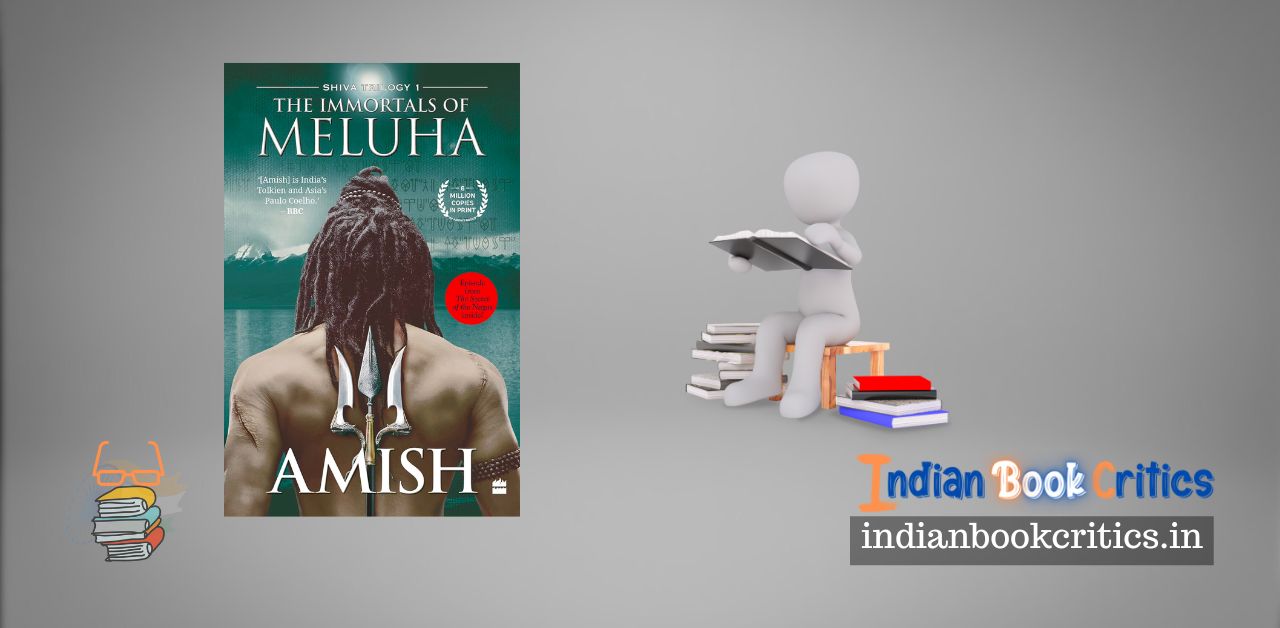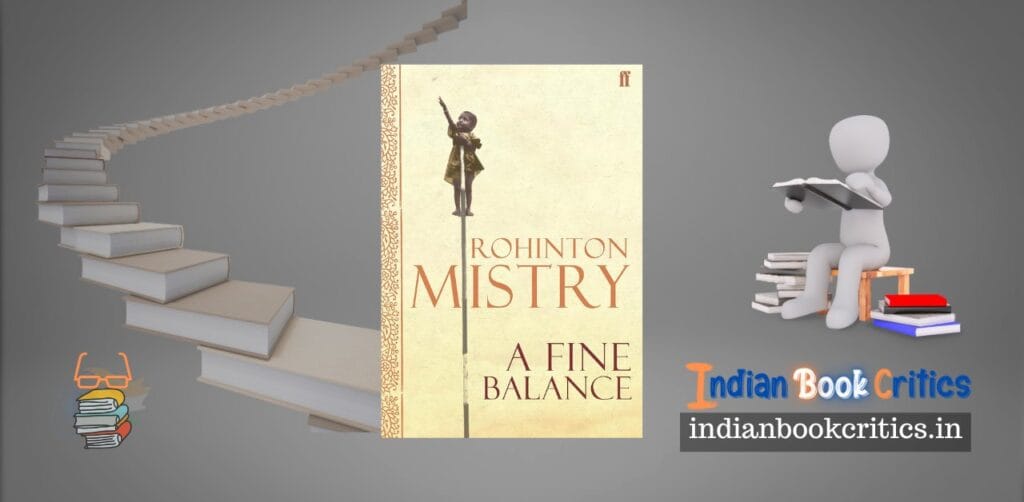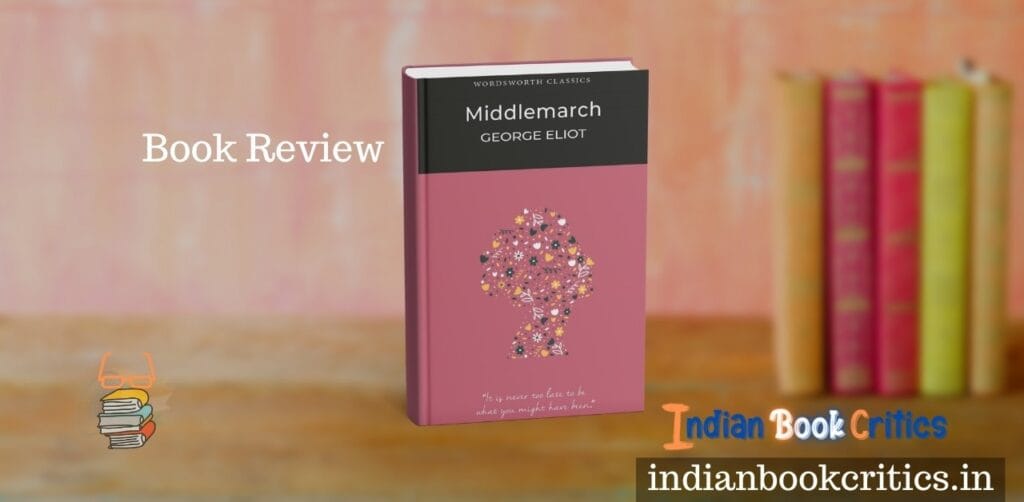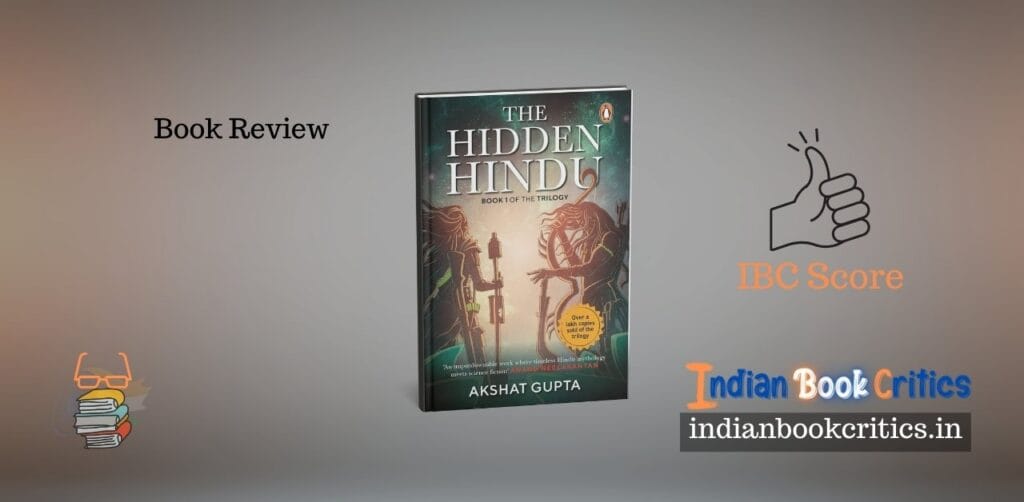The novel came out way before, back in the year 2010. However, this review comes out today, almost after 14 years. And in this prolonged duration, much has changed about Indian English fiction. Tripathi and Chetan Bhagat have achieved their zenith and have already fallen to the levels achievable by others. Debutants and newcomers can dream of becoming bestsellers in various genres. In the midst of all these, we need to reassess The Immortals of Meluha, from fresh perspectives and see if we could somehow fit this novel in today’s scenario. Let’s begin with the introduction first.
In simple words, and to put it in the simplest possible perspective, The Immortals of Meluha, Amish Tripathi’s debut novel, navigates the realms of mythological fantasy, weaving a narrative that merges ancient Indian lore with a contemporary storyline. Tripathi’s reimagining of Shiva as a mortal saviour is ambitious, daring, innovative and also against the tide, introducing readers to the land of Meluha, a society grappling with a mysterious ailment and awaiting a prophesied saviour.
Talking about features, the novel’s strengths lie in its thematic exploration and the author’s attempt to modernise revered Hindu mythology, offering a fresh take on familiar tales. Tripathi’s depiction of Meluha’s socio-political structure, plagued by a crisis and desperate for salvation, adds depth to the narrative. The novel succeeds in portraying a vivid and immersive world, blending myth and fiction. Let’s discuss these aspects in a detailed way to understand the novel’s set-up and the novelist’s attempts.
Delving into the intricacies of Tripathi’s narrative reveals a meticulous world-building effort. The portrayal of Meluha, a once-glorious empire now grappling with a debilitating crisis, is vivid and immersive. Tripathi skilfully incorporates elements of Vedic traditions, the caste system, and societal structures into the fabric of Meluhan civilisation. The novel introduces readers to the Suryavanshis and Chandravanshis, two distinct clans with their own customs and beliefs. The depiction of the pristine waters of the Sarasvati River, the holy abode of the Meluhans, creates a visual spectacle. Moreover, the inclusion of the mysterious Somras, a substance believed to grant immortality, adds a layer of mystique to the narrative. These detailed elements contribute to a textured backdrop that enriches the overall reading experience.
Instances such as Shiva’s encounter with the enigmatic Tibetan tribal leader, Kali, add depth to the narrative. The exploration of Shiva’s internal conflict, torn between his desire for a peaceful life and the unfolding destiny that casts him as a saviour, offers a glimpse into the character’s complexity. However, it is in these moments that the writing could benefit from a more nuanced approach to capture the emotional depth of Shiva’s journey. The novel’s potential shines through in such instances, hinting at the depth that a more refined prose style could bring to the characters and their experiences. Moreover, at times, oversimplification or elongated emotive and lacklustre positioning of ‘Gods’ might be irky for readers.
As evident from the facts above, the novel is not without its shortcomings. One notable aspect is the writing style, which tends to lean towards simplicity. While accessibility is crucial, a more nuanced and sophisticated prose could elevate the narrative, especially given the rich tapestry of Indian mythology. The dialogue, at times, feels stilted, lacking the natural flow necessary for authentic character interaction. Amish Tripathi could have fared better… only if he had characters that could fit the imagination and thoughts of readers (the ones already cherished and further enhanced, enlarged and magnified in all their glories).
Characterisation, another critical element, sees room for improvement. Shiva, the central figure, while relatable, lacks the complexity that could make him a truly memorable protagonist. Supporting characters often fall into archetypal roles, missing opportunities for development that could enhance the overall narrative depth.
The pacing of the plot is generally swift, catering to those seeking a fast-paced adventure. However, this rapid pace sometimes sacrifices the exploration of certain themes and nuances. A more measured approach could allow for a deeper dive into the cultural and philosophical aspects that the novel introduces.
Tripathi’s interpretation of mythology, while intriguing, might be divisive. Purists may find the liberties taken with revered tales challenging, emphasising the delicate balance required when reimagining cultural touchstones. The blending of myth and fiction necessitates a meticulous approach to avoid unintentional misrepresentations.
Despite its imperfections, The Immortals of Meluha contributes to the ongoing dialogue about mythology’s relevance in contemporary literature. Tripathi’s audacious attempt to contemporise revered narratives demonstrates a commitment to innovation. The novel serves as an introduction to a larger series, and subsequent books may address some of the identified areas for improvement.
In conclusion, Amish Tripathi’s debut novel presents a captivating fusion of myth and fiction, offering a modern perspective on ancient tales. While certain elements could benefit from refinement, the novel’s ambition and thematic exploration make it a noteworthy addition to the literary landscape, especially for those intrigued by the intersection of mythology and fantasy.
Click here to buy the novel from Amazon India
Review by Ashish for Indian Book Critics
The Immortals of Meluha by Amish Tripathi – A Book Review (after many years)
- IBC Critical Rating
Summary
The novel is for everyone… however, only a selection of readers will be able to cope with the narrative as it has many nuances and intricacies. Shiva reimagined as a saviour, albeit not a god!




